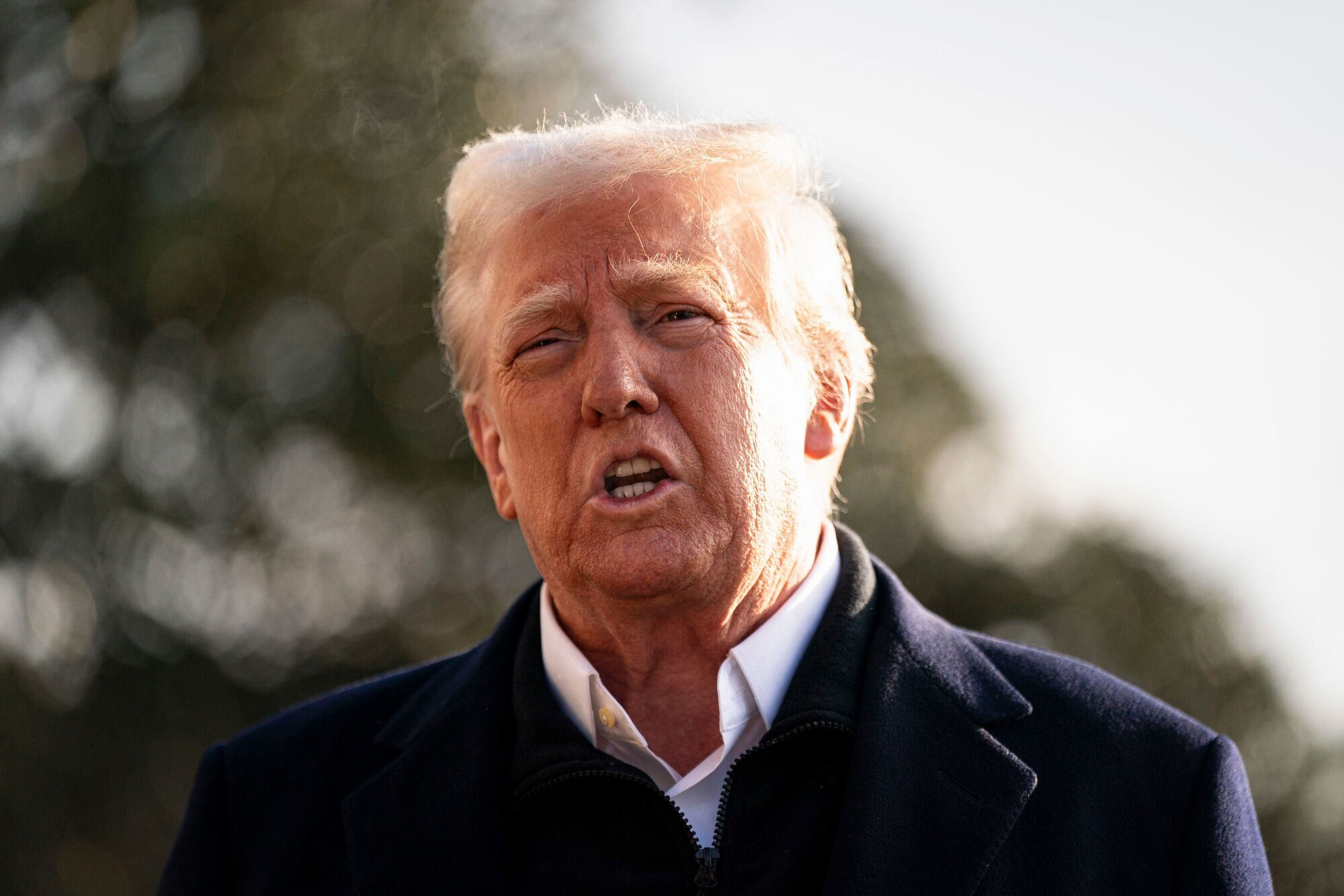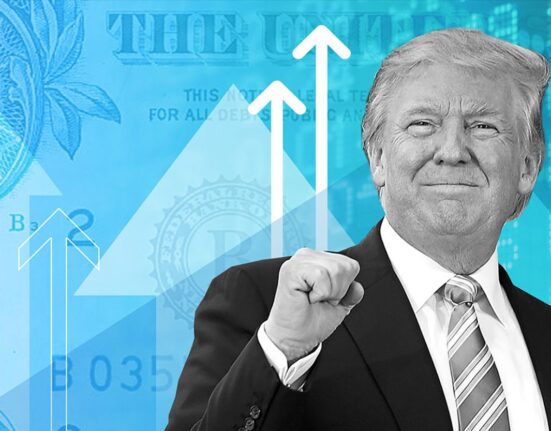The Trump administration’s surprising move to leverage a green bank for funding has raised eyebrows and sparked discussions across the energy sector. The $400 billion green bank, initially on the chopping block under President Donald Trump, is now set to play a pivotal role in financing diverse projects ranging from nuclear reactors to geothermal power.
In an unexpected shift, details from the administration’s fiscal year 2026 budget reveal ambitious plans to allocate billions of dollars through loans facilitated by this green bank. This newfound strategy seems to underscore a significant departure from previous stances on renewable energy initiatives.
“It’s quite fascinating to witness this evolution in approach towards sustainable energy investments,”
remarked Dr. Emily Parker, a leading environmental economist.
“The utilization of this substantial fund for promoting clean energy technologies signifies a notable policy shift with potential far-reaching implications.”
The proposed funding aims to bolster various sectors, including the construction of smaller nuclear reactors that are gaining traction as viable alternative energy sources. Additionally, support will extend to advanced nuclear reactor projects facing hurdles in development and implementation.
“The infusion of capital into these cutting-edge technologies could pave the way for groundbreaking advancements in our energy landscape,”
noted Dr. Thomas Reynolds, a respected expert in nuclear engineering.
“This strategic allocation holds promise for driving innovation and diversifying our power generation capabilities.”
Furthermore, the Energy Department is seeking approval from Congress for over $67 billion in loan guarantees and financial assistance over the next two fiscal years. To aid in covering associated costs, an additional request of $750 million has been tabled for consideration.
However, amidst these promising developments, there are indications of reshaping existing programs within the budget proposal. A notable mention includes plans to rescind approximately $2.3 billion earmarked for a vehicle loan program that previously supported Tesla Inc.’s Model S sedan production efforts.
Kennedy Nickerson highlighted the potential ramifications of such cuts stating,
“The proposed rescission could signal a significant shift impacting ongoing initiatives aimed at fostering technological advancements within the automotive industry.”
Despite past reservations surrounding government-backed financing programs like these, current dynamics seem poised for change as differing priorities come into play under new leadership.
While skepticism lingers among some quarters regarding these revised strategies, it is evident that significant interest persists within industry circles around leveraging such initiatives as catalysts for future growth opportunities.
As debates unfold and decisions take shape within regulatory corridors and boardrooms alike, one thing remains certain – the intersection of policy directives and financial mechanisms continues to chart intriguing pathways towards shaping tomorrow’s energy landscape.






Leave feedback about this